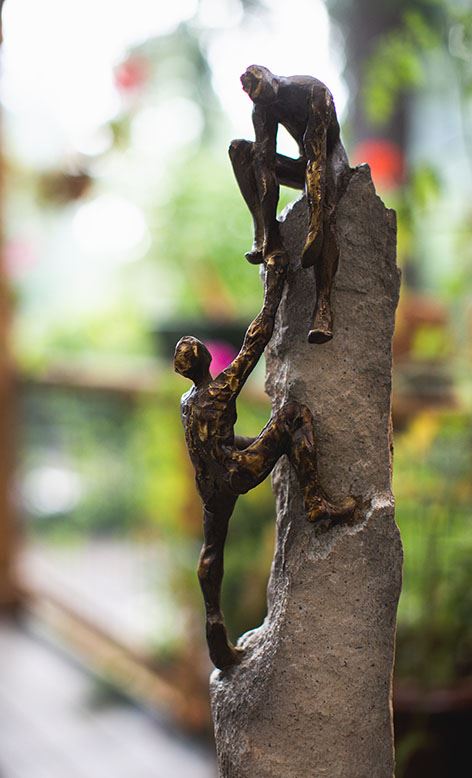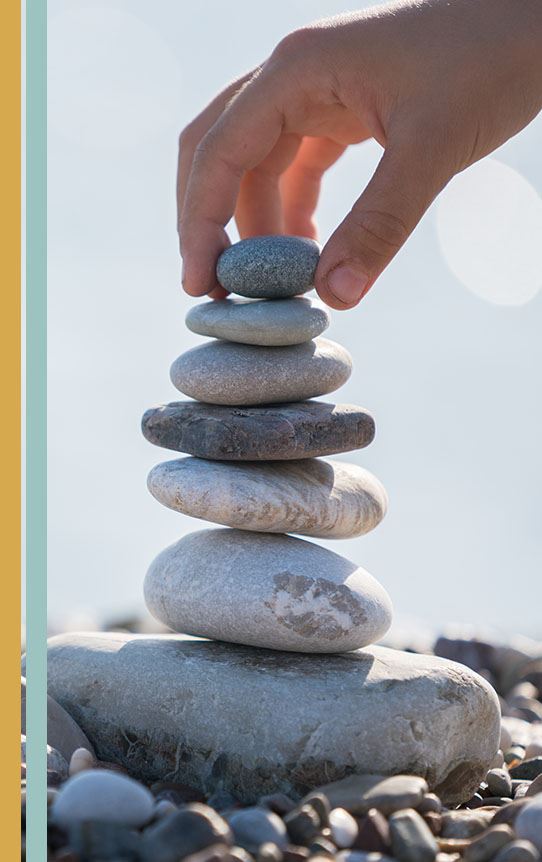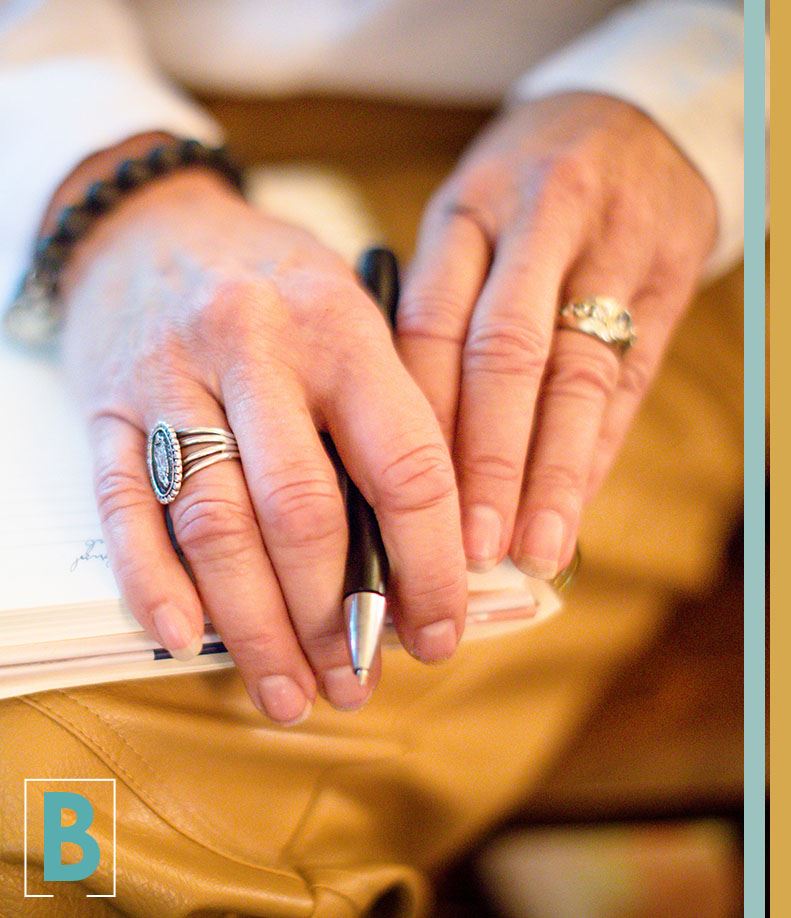
Domestic Violence Resources
Domestic violence is a grave problem in our society. Studies have shown that more than 10 million people in the United States will be a domestic violence victim every year. That equates to 20 instances of domestic violence every single minute. The suffering from these acts of violence goes beyond the immediate consequences of the attack. Post-traumatic stress disorder (PTSD), depression, anxiety, alcohol and drug abuse and suicide become more likely when one is victimized by domestic violence.
When you or someone you love is suffering from domestic violence, don’t hesitate to reach out for help. You aren’t alone. Call the National Domestic Violence Hotline at 1-800-799-SAFE today.

Domestic Violence: It’s Verbal & Emotional Too
You don’t have to be physically beaten to suffer from domestic violence. The abuse that is administered verbally, psychologically, and emotionally takes its own grave toll and it can be harder to detect and root out.
The victims of abuse are good people and often give others the benefit of the doubt–especially someone they care about. The lines between normal human failings that exist in every relationship and abuse can seem blurred, especially for the person who is living with them.
Learn how to understand the signs of abuse for the sake of protecting yourself and the people you love. Read these articles from respected sources…
Understanding the Cycles of Violence
It’s important to get out of any relationship where there is abuse. That’s a statement that’s also far easier said than done. A person can study the warning signs, talk to trusted confidants, but still be troubled over what their next step should be. A good way to understand domestic violence in all its forms is to know that it comes in three waves…
- The Tension-Building Phase: When someone knows the feeling of walking on eggshells, constantly having to be perfect and living with a sinking feeling in their stomach that something, eventually, will go wrong, they are in this early phase.
- The Crisis Phase: The victim’s fears are realized, and the explosion happens. They may fear for their safety or that of their children.
- The Calm Phase: Now is where confusion comes in. The abuser calms down. They again seem to be the person the victim fell in love with. The abuser may express regret, and that regret may well be genuine…for now. But without real intervention and sustained help, the calm phase will dissipate and give way to tensions, thus bringing everything back to the start of another cycle.
We aren’t here to tell anyone when they should leave a relationship. We want to provide the resources so that people can help themselves. The article below from a mainstream source, will offer valuable insights on what needs to be considered.



How to Get Out of an Abusive Relationship
No one should have to live in constant fear. No one should have to come out of a relationship with injuries, be they physical or psychological. Help is there. Reach out today.
Call the National Domestic Violence Hotline at 1-800-799-SAFE
Contact Us
Find Your Path to a Peaceful Divorce


